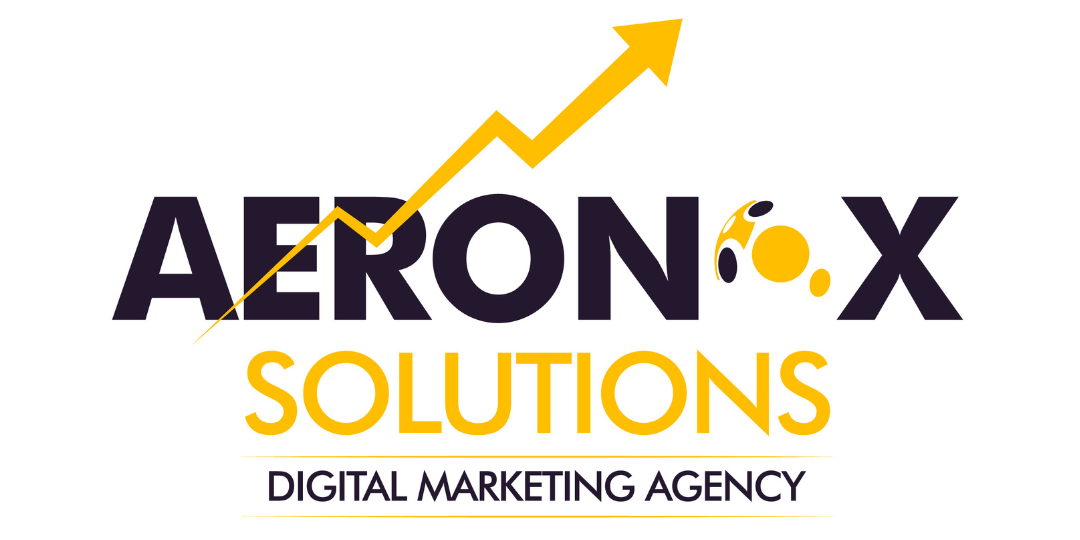Top 5 Digital Marketing Trends You Can’t Ignore in 2025
Digital marketing is changing fast, and businesses must keep up with the latest trends. Top 5 Digital Marketing Trends You Can’t Ignore in 2025 includes technologies like AI in Digital Marketing and Voice Search Optimization are making marketing smarter and more effective. Video Marketing Trends, Marketing Automation, and social media shopping are also growing. Following these trends will help businesses reach more customers and increase sales. Top 5 Digital Marketing Trends You Can’t Ignore in 2025 Digital marketing is always evolving, and staying ahead of the trends is important for success. In 2025, businesses must focus on the latest advancements to stay competitive. Below are the top five digital marketing trends you can not afford to ignore. 1. AI in Digital Marketing Artificial Intelligence (AI) is transforming the way businesses market their products and services. AI in Digital Marketing helps brands analyse customer behavior, personalize content, and improve engagement. How AI Enhances Marketing: Personalised Content: AI tools analyze user preferences and deliver tailored content. Chatbots and Customer Support: AI-driven chatbots provide instant responses to customer inquiries. Predictive Analytics: AI predicts customer trends, helping businesses make better marketing decisions. Why It Matters: AI improves efficiency, saves time, and enhances user experience. Businesses that leverage AI will stay ahead of the competition. 2. Voice Search Optimization With the rise of smart speakers and voice assistants like Siri, Alexa, and Google Assistant, Voice Search Optimization is more important than ever. People are using voice search for quick answers, and businesses need to adapt their content accordingly. How to Optimize for Voice Search: Use Natural Language: Write content in a conversational tone, as people speak differently than they type. Optimize for Local SEO: Many voice searches are location-based, so include location-specific keywords. Answer Common Questions: Use FAQS and direct answers to common customer queries. Why It Matters: Voice search is becoming a dominant search method, and optimizing for it can increase website traffic and improve user engagement. 3. Video Marketing Trends Videos are one of the most engaging forms of content, and Video Marketing Trends continue to evolve. People prefer watching short, informative, and engaging videos over reading long articles. Latest Video Marketing Trends: Short-Form Videos: Platforms like TikTok, Instagram Reels, and YouTube Shorts are driving video engagement. Live Streaming: Live video builds trust and allows real-time interaction with audiences. Shoppable Videos: Videos with direct purchase links increase conversions and sales. Why It Matters: Video content grabs attention quickly and keeps users engaged. Brands that use video effectively will see higher customer retention and better conversion rates. 4. Marketing Automation Businesses are using Marketing Automation to streamline their digital marketing efforts. Automation tools help companies manage campaigns, send personalized emails, and analyze customer interactions. Key Benefits of Marketing Automation: Time-Saving: Automates repetitive tasks like email marketing and social media posting. Better Customer Engagement: Sends personalized messages based on user behavior. Improved Lead Nurturing: Tracks leads and moves them through the sales funnel effectively. Why It Matters: Marketing automation increases efficiency and allows businesses to focus on strategy rather than manual tasks. It also helps in maintaining consistent customer interactions. 5. Social Commerce Growth Social media platforms are becoming shopping destinations. It allows users to purchase products directly through social media without leaving the platform. How to Leverage Social Commerce: Use Shoppable Posts: Instagram and Facebook allow brands to tag products in posts. Influencer Collaborations: Partnering with influencers helps in product promotion. Live Shopping Events: Hosting live shopping sessions boosts engagement and sales. Why It Matters: People spend a lot of time on social media, and integrating shopping options makes the buying process seamless. Businesses that embrace social commerce will see increased sales and brand awareness. FAQs: 1. What are the top 5 digital marketing trends you can’t ignore in 2025? The key trends for 2025 include AI in Digital Marketing, Voice Search Optimization, Video Marketing Trends, Marketing Automation, and the rise of social commerce. These trends help businesses improve engagement and drive more sales. 2. How is AI in Digital Marketing changing the industry? AI in Digital Marketing is helping businesses analyze customer behavior, personalize content, and automate tasks like chatbots and predictive analytics, making marketing more efficient and data-driven. 3. Why is Voice Search Optimization important in 2025? With more people using voice assistants like Alexa and Siri, Voice Search Optimization helps businesses rank better in search results and provides quick, conversational answers to users’ queries. 4. How does Marketing Automation improve digital marketing? Marketing Automation saves time by automating tasks like email marketing, social media posting, and customer follow-ups, allowing businesses to focus on strategy and customer engagement. Conclusion: The digital marketing landscape is changing rapidly. Embracing AI in Digital Marketing, Voice Search Optimization, Video Marketing Trends, Marketing Automation, and social commerce will help businesses stay ahead in 2025. Adapting to these trends can improve customer engagement, increase sales, and grow your brand effectively. Stay updated with these trends and make the most of your digital marketing strategy!


